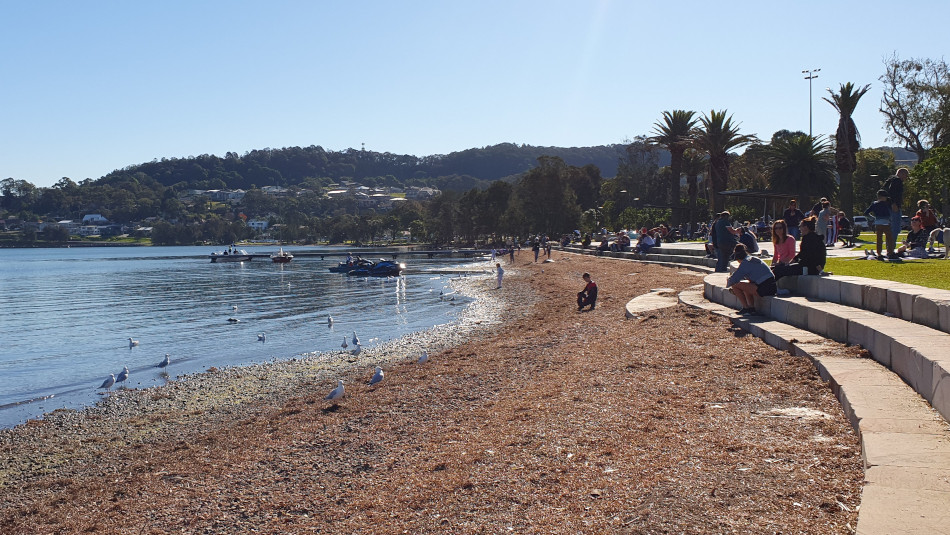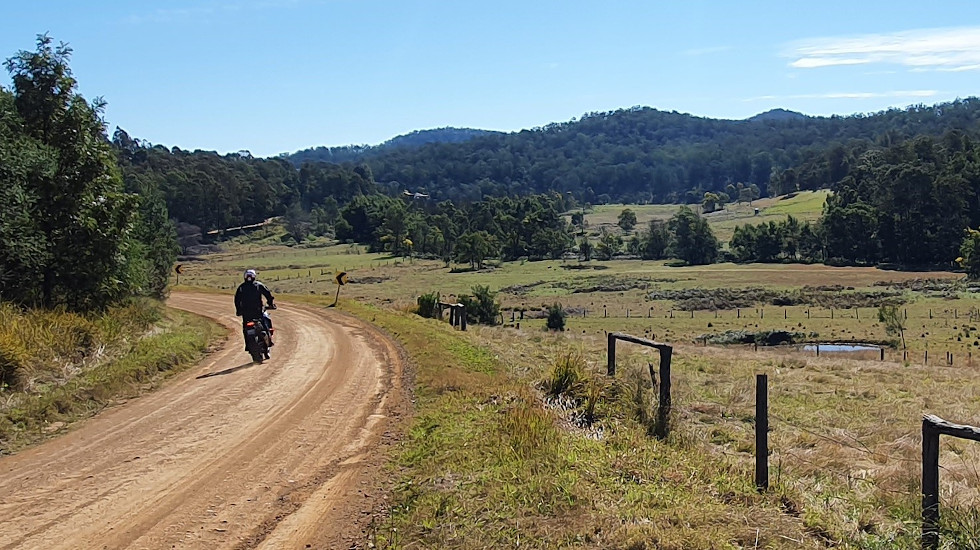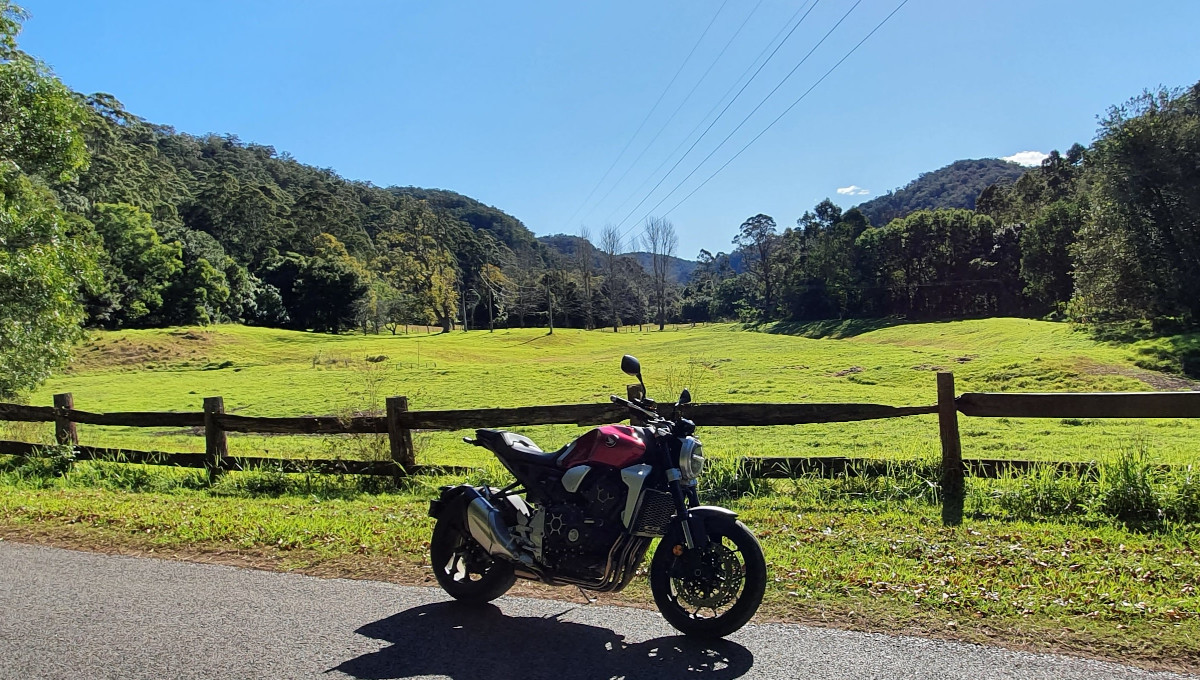Greater Sydney Day Trips

To gain experience for a much longer trip, I started doing day trips around Greater Sydney. These rides were to allow me to find out just what it would be like to travel 100,000km around Australia and what I needed to do for success.
Breakdowns
My first major expedition was to visit an old high school mate who is living in Newcastle, some 200km north of Sydney. I decided to travel alone the well-worn path through the Central Coast, Swansea then Warners Bay. This trip taught me the harshest lesson to date when my bike's fuel pump broke down. In some way I was very lucky to breakdown only a few hundred meters from my mate's place, but being a Sunday, there was no way I could fix the bike while I was in Newcastle. I had to organize for the bike to be picked up and repaired while I was hundreds of kilometres away. Not knowing any of the people I was dealing with, and not knowing if they were actually picking up the bike or not.
I learnt from that experience that is was nearly impossible for me to fix anything on the side of the road. As a kid, I had a Suzuki DS80 and striped the engine down to replace the big-end baring. I knew every part of the bike and all the tools were basic sockets, spanners and screwdrivers. A modern motorbike needs specialist tools to do almost everything, and all I can do on the side of the road, is to check the petrol, water, oil and air in the tyres.
I realised the only plan B I would have, is to contact the local bike mechanic and rely on their ability to help me out. And to buy a very reliable bike what won't breakdown and leave me stranded in the first place.
Learning Google Maps

The next time I was to visit Jason, I was a bit more ambitious and decided I would go to Newcastle via the inland route of Kulnura, Wollombi, Cessnock and then Warners Bay. I originally planned the route on Google Maps, which calculated the expected distance and time it was going to take. But fate had other ideas, as on this second trip I got lost and before I realized I was going the wrong way, I travelled 20km down the wrong road. After traveling back to the correct road, I was some 40km in the red and over 20 minutes late. On a motorcycle with 16 litre tank, this meant I was not going to make my destination with one tank of fuel, and would end up being 30 minutes late after stopping to refill. I learnt the value of having a GPS and Google Maps to make sure I was on the correct path, and wouldn't run out of fuel before getting to the next petrol station.
Another similar trip north I took through Wisemans Ferry, St Albans, Mogo Creek and finally Kulnura. On this trip I was to learn that there is a 20km dirt road between St Albans and Bucketty. When you look at Google Maps, it doesn't let you know the conditions of the road and when you're riding a road bike, with road tyres and hard suspension, it's a problem without a solution. Another example was riding through the Olney State Forest. Google Maps shows there are roads, trails and tracks, but it is very difficult to know if it's passable and how long until the bitumen returns.
Relying on Google Maps is a problem and reading the maps is an essential skill. Getting stuck in the middle of nowhere, without mobile coverage or any ability to call for help, could leave me with a 100km, three day walk to get help.
Learning the Bike
Another very important skill I needed to learn was to read the fuel gauge and to know how much distance I could travel once the empty warning light turns on. The Honda's empty signal come on when there is about three litres left, and if I ride in a conservative manner, I could get up to 60km before I would run empty. But the important thing I learnt was that the dashboard would tell me how much fuel I have used since the light came on, and not relying on the distance travelled to make the choice to continue to the next petrol station or stop now.
On another ride south of Sydney through the Royal National Park, for the first time I experienced a flat tyre. At the time, I heard a loud pop and didn't know what it was. I just ignored it and continued on my way. It wasn't until the next day when I jumped on the bike and noticed something was wrong. The rear of the bike was dragging and bike wasn't rolling like it would normally. The tyre was now completely flat and I wasn't even able to push it to a petrol station.
Sitting there wondering what to do, I realized that I had ridden hundreds of kilometres with a flattering tyre and many of them on the highway, traveling over 100km/h - a dangerous position. I had little option but to go buy a mobile air compressor to pump up the tyre, just to get the bike to the shop. I looked into getting a puncher repair kit, but they only really suitable for small leaks. I realised that I could stop at a service station every 30 minutes and pump up the tyre, but to leave it overnight, it would totally flatten.
Learning to Document the Ride

Watching many other people posting their adventures on YouTube, I realised that I'd have to do a professional job documenting my journey, otherwise people won't have any interest in what I'm trying to do at all. The quality on my videos needs to be engaging enough to keep people interested. Just writing a blog post like this wouldn't cut it, and the odd blurry photo from my old mobile phone would help either.
Also if something happened on the ride, I need to have a camera rolling 24x7 to capture it, and couldn't rely on somthing requiring the continual recharging of its batteries. I thought of using a gopro on my helmet, but if the police ever pulled me over for doing something wrong and noticed the gopro, they'd take it for evidence. So I have a dash camera on the bike, a drone, a compact camera and a mobile phone. Hopefully I'll be able to use them all to get the right images.
What Did I Learn
I still have no idea how to stop my ass getting sore after about 5 hours in the saddle. That limits me to about 500km in one day, and would need a couple days to heal after that. Also I've learned that I could ride like a granny and get just over 300km per tank, but realistically I'm going to need to stop every 250km to fill up. So I should plan to stop somewhere for lunch and refuel every 2-3 hours. And lastly, read the map carefully and don't go somewhere too far away from a main road.
On a positive note, I also found out that the greatest source of help on the road will be from other riders. Bikers are a weird bunch, where they're all lonely characters who don't like passengers, but are friends with all other fellow riders.
Comments (0)
Please Log In
X